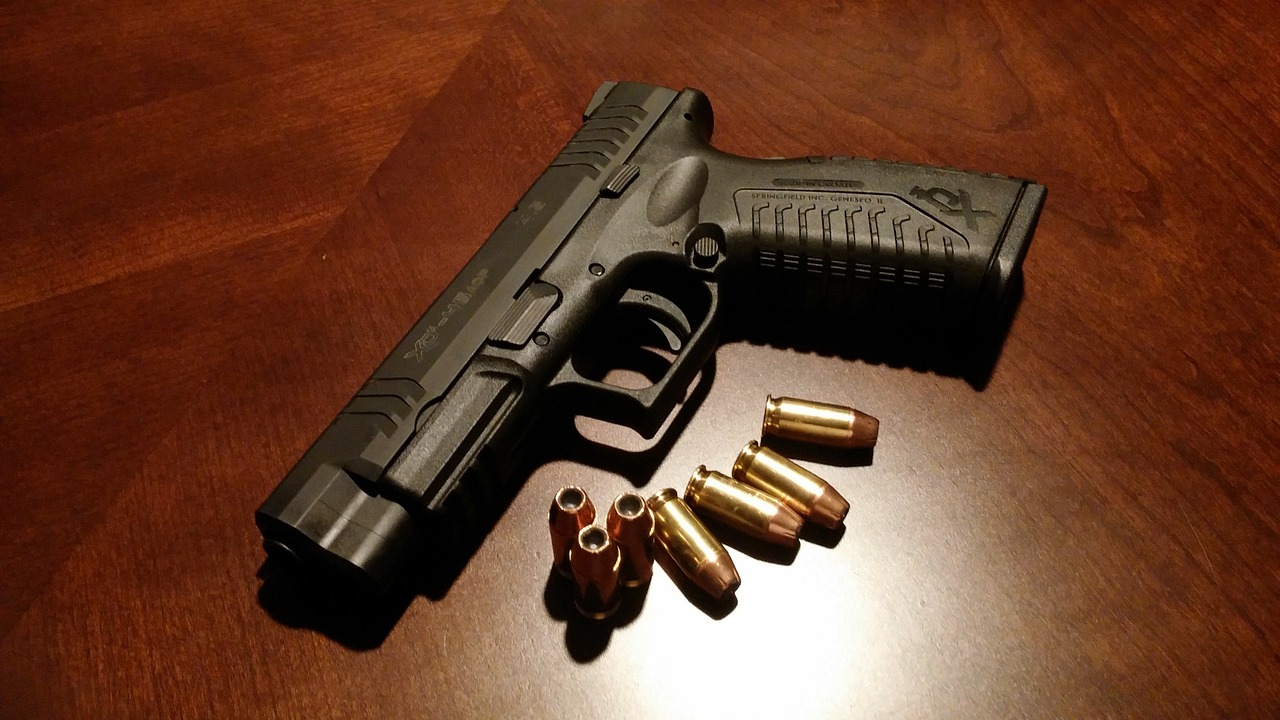The National Institute of Justice (NIJ) published an article Thursday detailing the findings from a new database on mass shootings in the United States.
The Violence Project database has collected information on 172 mass public shooters from 1966 to 2019 and covered more than 150 psychosocial history variables regarding the shooters, including such things as mental health history, trauma and demographic details. The project aims to build a better understanding of who mass shooters are and what motivates them to commit their crimes. The database draws on open sources such as social media, as well as interviews with mass shooters in prison.
The trend over time shows a marked increase in mass shootings, with more than half of those studied occurring after 2000, and 20 percent in the last five years of the study period. The death toll from mass shootings has also risen sharply, from an average of eight deaths per year in the 1970s to 51 deaths per year from 2010 to 2019. 16 of the 20 deadliest mass shootings occurred between 1999 and 2019, with eight occurring between 2014 and 2019.
According to the report, persons who committed mass shootings were typically suffering from trauma, and the majority were in a state of crisis at the time of the shooting. Suicidal thoughts were also a predictor of mass shootings, particularly among younger shooters, with K-12 students found to be suicidal in 92 percent of cases. While mental illness is often cited as a cause of mass shootings, psychosis only played a minor role in one-third of shootings, and a major role in only 10 percent of cases.
Nearly half of mass shooters leaked their plans in advance, either to family, friends or coworkers. Around 70 percent of shooters knew at least some of their victims, especially in school and workplace violence. Three-fourths of mass shooters used handguns, with the other fourth using assault rifles, and, in the majority of cases, shooters obtained their guns legally. In the case of K-12 school shootings, over 80 percent of shooters stole their guns from family members.
The overwhelming majority of mass shooters were male, with a mean age of 34. Over half were white, and most had prior criminal records and histories of violence; over 25 percent of shooters had a history of domestic violence. One in five shooters studied past mass shootings, and many were radicalized online. Over half of all mass shooters died on the scene, either by their own hands or at the hands of law enforcement.
Amy Solomon, Principal Deputy Assistant Attorney General for the Office of Justice Programs, said, “This analysis paints a portrait of shooters, giving us a better idea of who commits these crimes and helping us detect the warning signals for these appalling acts of violence.”


